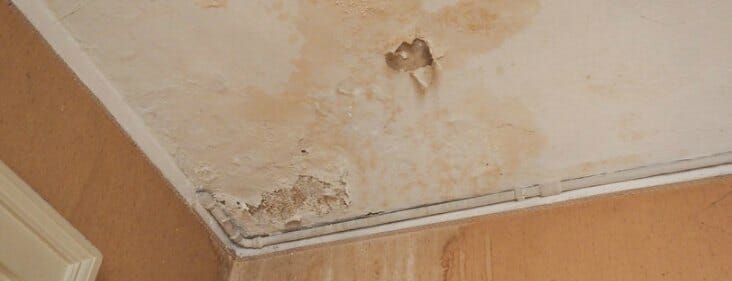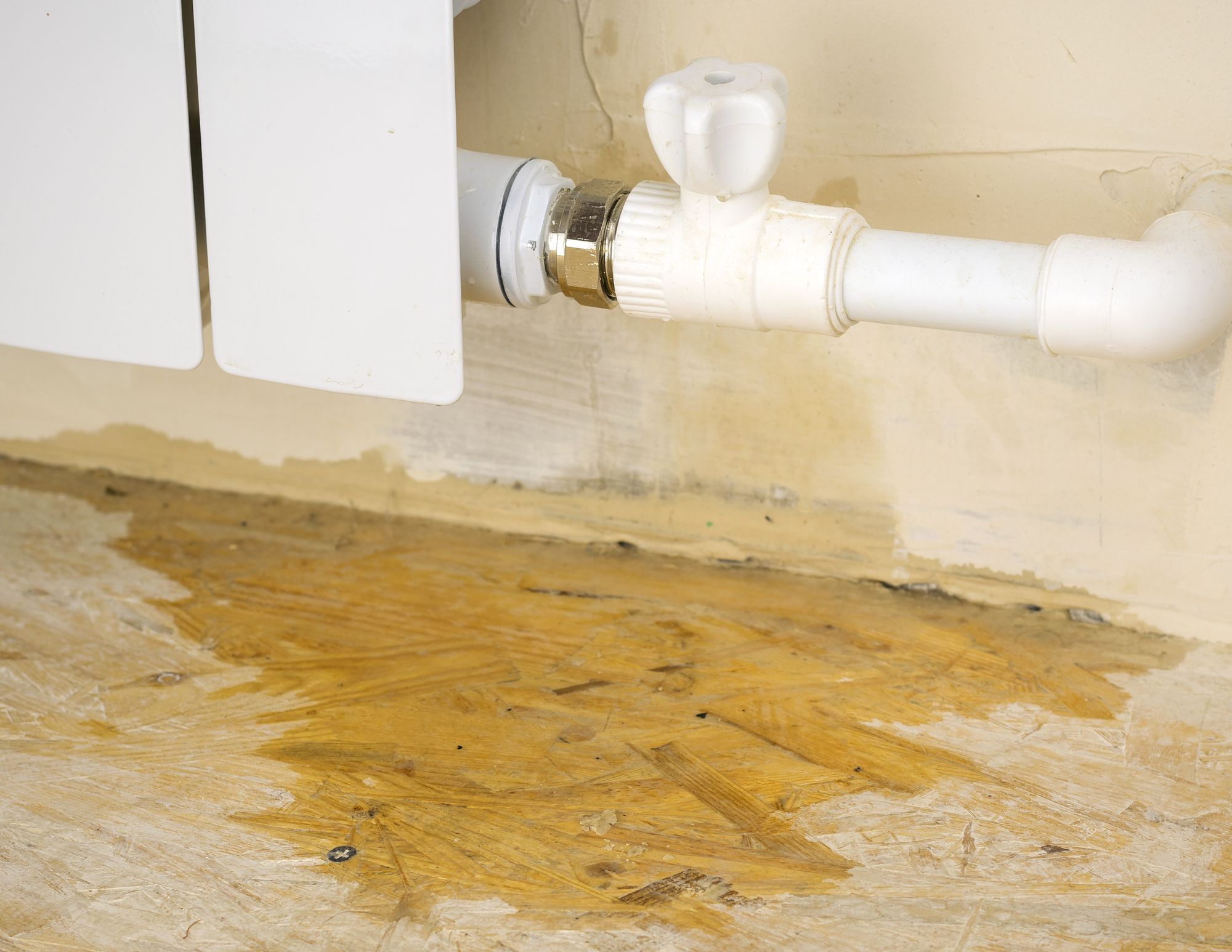Discover Common Origins Contributing To Water Leak Issues Within Your Residence
Discover Common Origins Contributing To Water Leak Issues Within Your Residence
Blog Article
What're your beliefs on How to detect water leaks in your home?

Leaks not just cause waste of water yet can likewise trigger unnecessary damages to your house and also promote undesirable natural growth. By looking and also understanding for everyday situations that create leakages, you can protect your residence from future leakages as well as unnecessary damages.
Trespassing origins
Many water leaks begin outside your house as opposed to inside it. If you notice an unexpected decline in water pressure, state in your faucet, take time to go out and analyze your yard. You may notice wet patches or sinkholes in your yard, and that might indicate that tree origins are attacking water lines creating water to leak out. You can have your plumber check for intrusion, especially if you have trees or shrubs near your building.
Rusty water supply
This may be the cause of staining or bending on your water pipes. If our plumbing system is old, take into consideration replacing the pipelines considering that they are at a higher threat of corrosion than the newer versions.
Defective Pipeline Joints
The point at which your pipes attach is frequently the weakest link in the waterline. Pipe joints can weaken with time, causing water leaks. The majority of pipe joints are not quickly noticeable. If you have noisy pipelines that make ticking or banging sounds, particularly when the hot water is activated, your pipe joints are most likely under a lot of pressure. It is suggested to have your plumber check your system once a year.
Immediate temperature level modifications.
Severe temperature level modifications in our pipes can create them to increase and also contract suddenly. This development and contraction may trigger fractures in the pipes, specifically if the temperature are below freezing. If you maintained an eye on how your plumbing functions, it would be best. The presence of the previously stated conditions regularly suggests a high risk.
Poor Water Connectors
At times, a leak can be created by loosened hoses and also pipelines that provide your home appliances. In situation of a water links leakage, you may notice water running directly from the supply line or puddles around your devices.
Obstructed Drains
Blocked drains could be aggravating and inconveniencing, yet they can occasionally wind up triggering an overflow bring about rupture pipes. Keep getting rid of any materials that might go down your drains that could obstruct them to stay clear of such inconveniences.
All the above are root causes of leakages however not all water leakages arise from plumbing leaks; some leakages may originate from roofing system leaks. All leaks should be fixed instantly to stay clear of water damage.
Leaks not just cause waste of water yet can additionally trigger unnecessary damages to your residence and promote undesirable natural development. By looking as well as understanding for everyday situations that trigger leaks, you can secure your home from future leaks as well as unneeded damages. Today, we will look at six leakage triggers that may be triggering your pipes to drip.
At times, a leak can be caused by loosened hose pipes and also pipelines that supply your home appliances. In instance of a water links leakage, you might notice water running directly from the supply line or puddles around your appliances.
How To Check For Water Leak In Your Home
How To Check for Leaks
The average household's leaks can account for nearly 10,000 gallons of water wasted every year and ten percent of homes have leaks that waste 90 gallons or more per day. Common types of leaks found in the home are worn toilet flappers, dripping faucets, and other leaking valves. These types of leaks are often easy to fix, requiring only a few tools and hardware that can pay for themselves in water savings. Fixing easily corrected household water leaks can save homeowners about 10 percent on their water bills.
To check for leaks in your home, you first need to determine whether you're wasting water and then identify the source of the leak. Here are some tips for finding leaks:
Take a look at your water usage during a colder month, such as January or February. If a family of four exceeds 12,000 gallons per month, there are serious leaks.
Check your water meter before and after a two-hour period when no water is being used. If the meter changes at all, you probably have a leak.
Identify toilet leaks by placing a drop of food coloring in the toilet tank. If any color shows up in the bowl after 10 minutes, you have a leak. (Be sure to flush immediately after the experiment to avoid staining the tank.)
Examine faucet gaskets and pipe fittings for any water on the outside of the pipe to check for surface leaks.
Undetected water leaks can happen without the home or business owner even realizing. If you suspect a water leak, but not able to find the source. It is time to contact a professional water leak detection service, The Leak Doctor.
How To Find a Water Leak In Your Home
https://www.leakdoctor.com/blog/How-To-Check-For-Water-Leak-In-Your-Home_AE197.html

We are very taken with How to Find Water Leaks and I hope you enjoyed reading our blog post. I beg you set aside a second to distribute this blog post if you enjoyed it. Thanks a bunch for your time. Visit us again soon.
Issue resolved, dial! Report this page